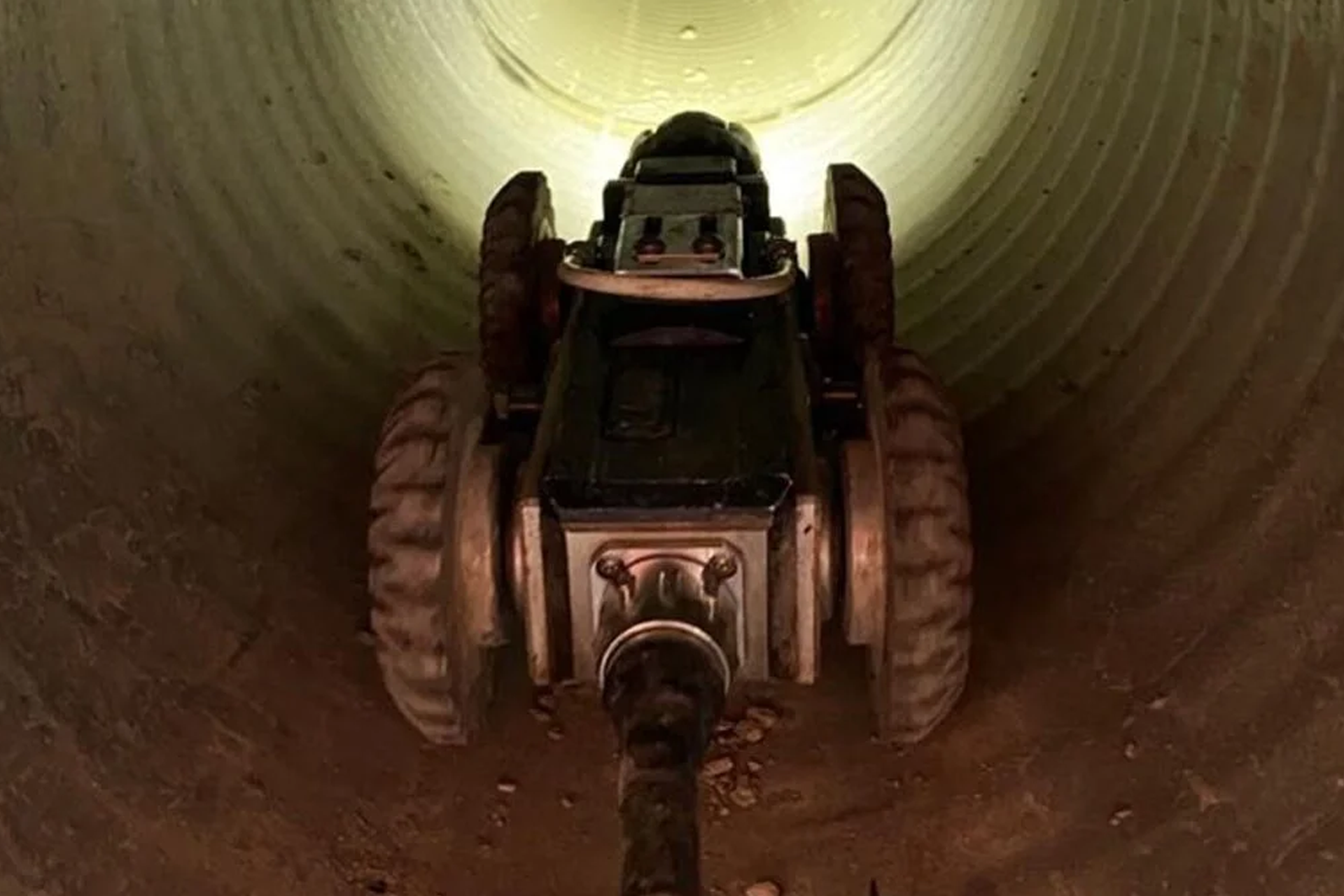Getting The Reclaim Waste To Work
Getting The Reclaim Waste To Work
Blog Article
Things about Reclaim Waste
Table of ContentsEverything about Reclaim WasteSome Known Facts About Reclaim Waste.Little Known Questions About Reclaim Waste.The Ultimate Guide To Reclaim WasteFascination About Reclaim Waste
Check out the types, events, and types of liquid waste. Residential sewage waste describes the waste and items from a property septic storage tank. This sort of waste is developed by human beings in residences, institutions, and other structures. This only includes sewage-disposal tanks that have a drainpipe field. The correct management and disposal of residential sewage waste call for liquid waste to be moved to a sewage therapy plant where the appropriate approaches and devices are put on purify and throw away waste.
Commercial waste often consists of potential risks, such as combustible materials or a combination of liquid and solid waste products, and requires a more innovative and in-depth disposal procedure. The disposal of commercial waste commonly involves the filtering of waste prior to transport to guarantee secure and proper disposal. Hazardous waste is developed from byproducts and overflow of commercial processes and manufacturing.
This kind of waste can not use the very same sewage management transportation or procedures as septic or business fluids. The hazardous waste administration procedure calls for the inspection and testing of liquid waste before it goes through the disposal process (industrial wastewater treatment). Runoff waste is the liquid waste that comes from runoff and excess stormwater in highly populated areas or cities
Runoff waste can cause contamination and flooding if not managed appropriately. Find out more about drain cleansing and waste monitoring. Making sure proper waste administration can avoid disasters and reduce ecological injury. Both people in property settings and professionals in commercial or manufacturing sectors can take advantage of recognizing the procedures and policies of fluid waste monitoring.
Not known Facts About Reclaim Waste
Call PROS Solutions today to find out about our waste management and disposal solutions and the proper methods to take care of the fluid waste you produce.
(https://www.domestika.org/en/reclaimwaste1)Do you understand what occurs to your water when you draw the plug, flush the bathroom or drain pipes the cleaning equipment? No? Well, it deserves knowing. This so-called 'wastewater' is not only an important source however, after therapy, will be launched to our land, waterways or the ocean. Made use of water from bathrooms, showers, bathrooms, cooking area sinks, laundries and commercial processes is referred to as wastewater.

water used to cool equipment or clean plant and tools). Stormwater, a type of wastewater, is runoff that moves from agricultural and metropolitan areas such as roofs, parks, yards, roadways, paths and gutters into stormwater drains pipes, after rain. Stormwater moves without treatment straight to local creeks or rivers, ultimately getting to the ocean.
Some Known Incorrect Statements About Reclaim Waste
In Queensland, a lot of wastewater is dealt with at sewage treatment plants. Wastewater is moved from residential or commercial sites with a system of drains and pump stations, known as sewerage reticulation, to a sewage treatment plant.
The Division of Natural Resources recommends regional governments concerning managing, operating and preserving sewage systems and treatment plants. In unsewered locations, city governments may require householders to mount specific or household sewage therapy systems to deal with residential wastewater from commodes, cooking areas, bathrooms and washings. The Division of Natural Resources authorises the use of house systems when they are verified to be efficient.
In some brand-new class, treatment of some stormwater to get rid of clutter, sand and crushed rock has started making use of gross pollutant catches. Wastewater treatment takes place in 4 phases: Removes solid issue.
Utilizes little living organisms understands as micro-organisms to break down and get rid of remaining dissolved wastes and fine fragments. Micro-organisms and wastes are incorporated in the sludge.
The Facts About Reclaim Waste Revealed
Nutrient removal is not offered at all sewage treatment plants because it needs costly specialist devices. Clear fluid effluent generated after therapy might still have disease-causing micro-organisms - liquid waste removal.

This typically implies wastewater has to be treated or contaminants gotten rid of prior to it can be discharged to waterways. The majority of wastewater moves into the sewerage system. Under the Act, neighborhood federal governments provide approvals and permits for ecologically relevant tasks (Ages) including wastewater releases that may have a regional impact. The division provides approvals and licences to ERAs entailing wastewater launches that could have a regional or statewide impact.
Reclaim Waste - An Overview
Otherwise, examples are taken for lab evaluation. Commonly many tests are required to develop the degrees of each of the different toxins such as oils, heavy steels and pesticides in water. Tracking gives factual information regarding water high quality and can validate that permit problems are being met. The information acquired with tracking gives the basis for making water quality decisions.
Report this page